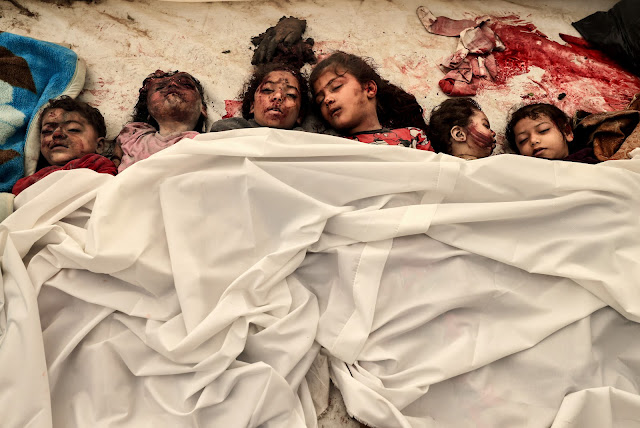Soldiers of the German Democratic Republic (East Germany, GDR) Army discovered several groups of human remains of prisoners in a mass grave near Oranienburg in the Sachsenhausen Special Camp, north of Berlin, which were discovered between 1945 and 1950 by the Soviet Union's secret intelligence agency, the NKVD (National Committee of the People's Commissariat of the Interior). They were believed to be victims of prisoners from the Sachsenhausen Special Camp. The camp housed senior Nazi officials, political prisoners, and inmates sentenced by Soviet military tribunals.
The Sachsenhausen concentration camp was established by the SS in 1936 and received its first prisoners beginning in 1938; by the end of the war in 1945, approximately 11,000 Jews were held in the Sachsenhausen concentration camp. Liberated by the Soviet Army on April 22, 1945, the Nazi German concentration camp at Sachsenhausen was converted into a special camp for the Soviet military government from August 1945 to March 1950. The Nazi concentration camp near Oranienburg, Germany, was used from May 1936 until April 1945, just before the defeat of Nazi Germany. Senior Nazi officials were specially detained, as were political prisoners and inmates sentenced by Soviet military tribunals.
As part of the Allied policy of de-Nazification, the Soviet military established ten special camps in Soviet-occupied territory after the military defeat of the National Socialist regime. Special Camp No. 7 in Sachsenhausen (No. 1 since 1948) housed about 60,000 inmates, the largest number among the special camps; between 1945 and 1950, about 12,000 people died of hunger and disease. During the famine winter of 1946-1947, the meager rations were cut, resulting in many deaths.
After brutal interrogations and conditions in the temporary camps, most detainees found the buildings of the Sachsenhausen Special Camp provided better accommodations, but the barracks were overcrowded. Internees were crammed onto bare wooden planks. Ruinous sanitary conditions, lack of food, medicine, clothing, and heating fuel led to disease and epidemics. Mortality rates were high, reaching a high in 1947. Inmates were not allowed any contact with the outside world, and the special camps, also called silent camps, were not forced labor camps.
Prisoners who died in the special camps were buried anonymously in mass graves, three of which were discovered and opened to the public after the fall of Berlin. In March 1950, a few months after the founding of the German Democratic Republic, the Soviet special camps were disbanded. Approximately 8,000 prisoners were released from the special camp at Sexenhausen, and a small number were taken to the Soviet Union. The last internees were more than 7,000 Soviet citizens and Russian immigrants, captured Soviet prisoners of war, former forced laborers, and Red Army soldiers who had committed crimes.




























